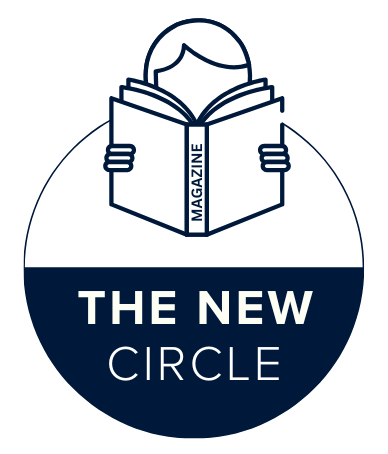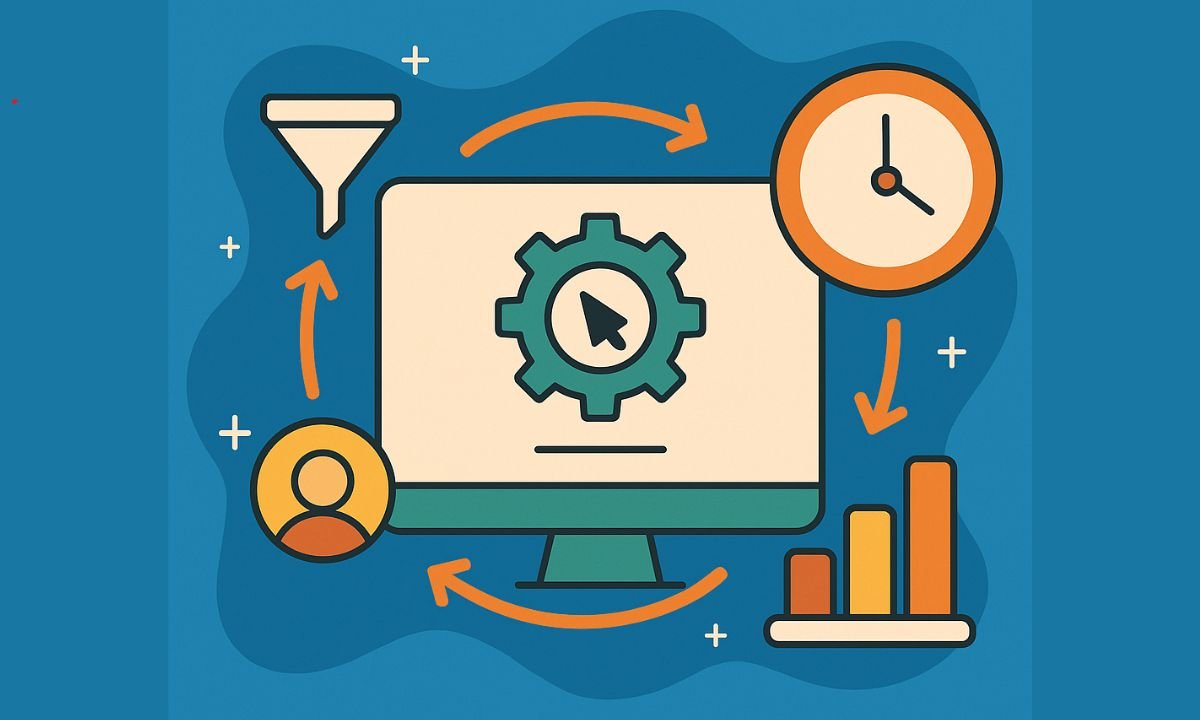Sales automation is the use of technology to streamline repetitive sales tasks, reduce manual effort, and improve efficiency. By automating lead management, follow-ups, reporting, and customer communication, sales teams can focus more on building relationships and closing deals.
Sales is no longer just about cold calls and endless spreadsheets. Modern businesses rely on sales automation to stay competitive and productive. The right tools can eliminate repetitive tasks, speed up workflows, and ensure no lead slips through the cracks.
When used effectively, sales automation not only saves time but also increases accuracy in data handling and customer engagement. From automated follow-ups to smart CRM integrations, these strategies help teams close deals faster and scale growth.
In this article, we’ll explore 6 proven sales automation strategies that can transform your sales process and boost revenue.
Why Sales Automation Matters
Sales teams today deal with more data, more leads, and higher customer expectations than ever before. Manually handling every task not only slows down the process but also leaves room for errors and missed opportunities. This is where sales automation makes a difference.
By automating repetitive tasks such as lead nurturing, scheduling, and reporting, businesses can create smoother workflows and free up their teams to focus on relationship-building. Research shows that companies using sales automation tools experience up to a 30% increase in productivity. Let’s look at six strategies that can help you achieve the same.
1. Automate Lead Capture and Qualification
Manual lead entry takes valuable time and often results in errors or missed opportunities. Sales automation tools allow you to capture lead data from web forms, emails, and social channels in real time. For instance, using Instagram DM automation can help businesses instantly reply to inquiries, qualify leads directly in the inbox, and nurture prospects without delays. Advanced filters then qualify leads by analyzing factors like company size, engagement level, or purchase intent. This ensures your team spends time only on prospects most likely to convert. Faster lead response boosts trust and increases conversion rates.
2. Streamline Email Follow-Ups
Following up with leads is crucial, but doing it manually can be inconsistent. Automation ensures no prospect falls through the cracks by sending timely, personalized follow-up emails. For example, you can schedule a sequence of nurturing emails based on customer behavior, such as visiting a pricing page or downloading a case study. These smart triggers make your communication relevant and engaging. Studies show automated emails achieve 119% higher click-through rates compared to generic blasts. This approach saves time while keeping your brand top of mind throughout the buyer’s journey.
3. Automate Task Assignments
Sales reps often juggle multiple prospects at once, and forgetting a key action can mean losing a deal. Sales automation eliminates this risk by automatically assigning tasks such as scheduling calls, sending reminders, or updating deal stages. For instance, when a lead moves from “interested” to “qualified,” the system can notify the right sales rep instantly. This keeps pipelines moving and ensures accountability across the team. Task automation also creates visibility for managers, allowing them to monitor progress in real time and adjust resources when needed.
4. Use Automated Scheduling Tools
Coordinating meetings through endless back-and-forth emails wastes valuable selling time. Automated scheduling tools integrate with calendars, letting prospects book available slots directly. Some advanced tools even adjust time zones automatically and send reminders to reduce no-shows. This small shift removes friction from the sales process and creates a more professional experience for potential clients. According to industry reports, reps using automated scheduling save up to six hours per week. That’s nearly a full day reclaimed for higher-value activities like pitching solutions and closing deals.
5. Automate Reporting and Analytics
Sales teams thrive on data, but creating reports manually can take hours. Automation simplifies this by generating real-time dashboards that track KPIs such as conversion rates, deal velocity, and pipeline value. With these insights, managers can quickly spot bottlenecks and adjust strategies. Automated reporting not only saves time but also eliminates human error, ensuring data accuracy. Teams can schedule daily, weekly, or monthly reports to stay aligned on goals. Ultimately, this transparency drives better decision-making and helps organizations stay agile in competitive markets.
6. Integrate CRM with Sales Automation Tools
The real power of automation comes when it’s fully integrated into your CRM system. This creates a single source of truth for customer data, ensuring that all interactions—emails, calls, meetings—are tracked automatically. With CRM integration, teams can see the entire customer journey at a glance, making it easier to tailor communication. For example, Kommo’s CRM integrates seamlessly with automation features, helping businesses personalize outreach and streamline workflows. This integration reduces silos, improves collaboration, and ensures no lead or opportunity is ever overlooked.
YOU MAY ALSO LIKE: Sync Commerce Data: The Key to Modern Retail Agility

